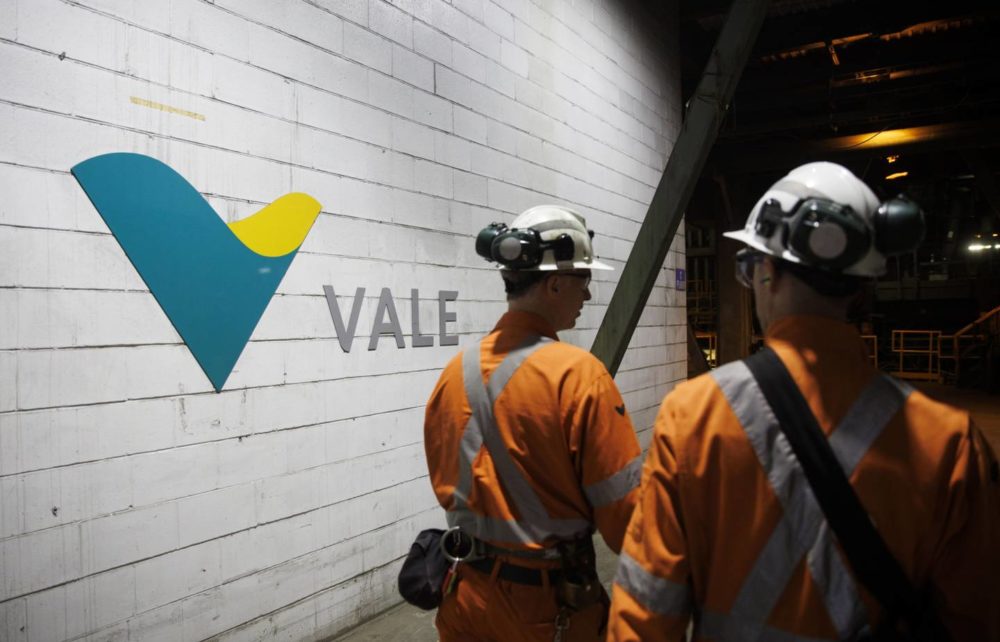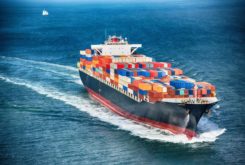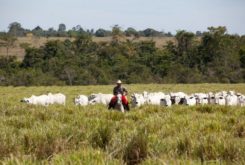Brazilian mining giant Vale is expecting a pick up of Chinese demand, as the country transitions from covid-related lockdowns.
“China’s picking up”, Vale SA Chief Executive Officer Eduardo Bartolomeo told Bloomberg in an interview. “We do have a lot of intel on the ground. We have people in Shanghai. We have people in Beijing. We know what’s going on there. China’s getting its way through Covid, as we did”, he added.
Iron ore futures are up about 35% since the beginning of November on bets that China’s moves to relax its Covid Zero policy will spur a demand recovery that will gather momentum into 2023.
China´s XCMG and Sany supply Brazilian mining groups Vale and CSN
Prices are still down by more than a third from a March peak because of Beijing’s strict approach to curb the virus and amid concerns over China’s property market.
Without offering price predictions, Bartolomeo said the market is supported by low inventories, weather disruptions to supply and the prospect of Chinese crude steel production remaining stable above a billion tons.
The Brazilian mining giant has been slowly ramping back up after losing its mantle as the world’s biggest producer of the steelmaking raw material in the wake of the tailings dam collapse in Brumadinho (2019). But on Wednesday, management delivered lower-than-expected production guidance for next year and trimmed its longer term outlook.
Vale to Accelerate Zero-Carbon Mining Operations With Machinery From China´s XCMG
The latest projections, delivered to investors in New York, mean Vale will stay well below pre-disaster levels for the foreseeable future, as part of a shift toward more higher-quality ore and value-added production.
Vale is targeting output of 310-320 million metric tons for 2023, similar to this year’s level but below the 325.6 million-ton consensus among analysts. Vale also unveiled a range of 340-360 million tons for 2026 and 360 million tons-plus in 2030. It previously had a capacity target of 400 million tons. Pre-disaster output was 385 million tons.
“We have infrastructure capacity,” Bartolomeo said in the interview. “If we want to push the button, we could go to 400” million tons a year, he said. “What’s holding us back? We’re still facing issues” on the mining side.




